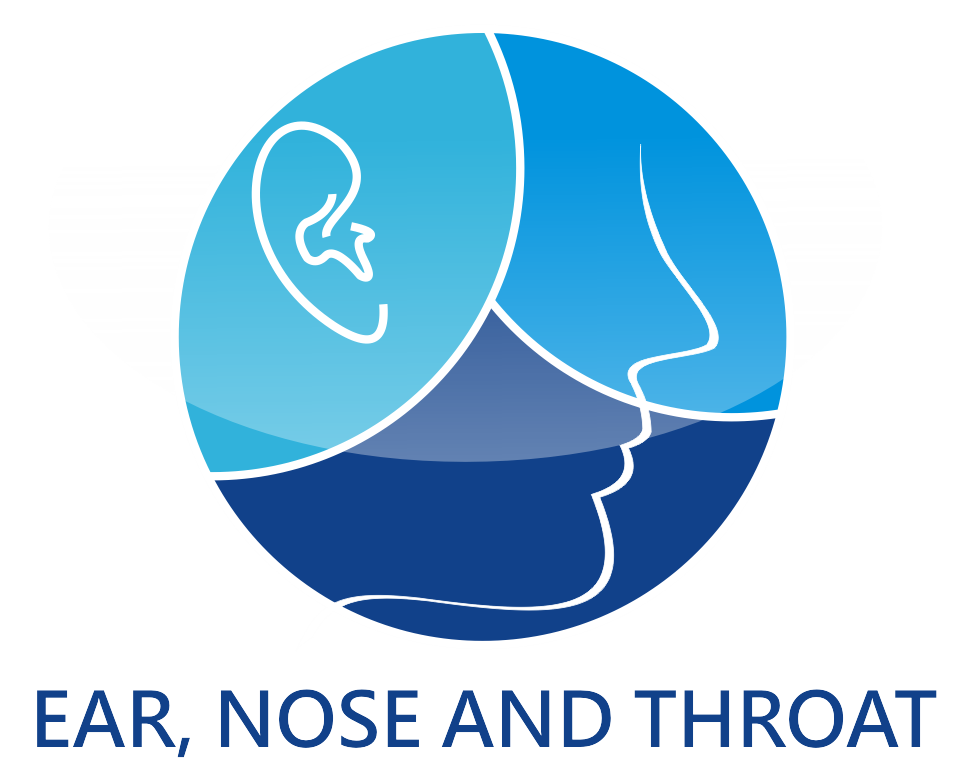+918048037768

This is your website preview.
Currently it only shows your basic business info. Start adding relevant business details such as description, images and products or services to gain your customers attention by using Boost 360 android app / iOS App / web portal.
Description
Cosmetic Nasal Plastic Surgery, also known as rhinoplasty, is a surgical procedure to reshape or reconstruct the nose. This can be done to enhance facial aesthetics, correct structural abnormalities, or improve breathing. Rhinoplasty is one of the most common cosmetic surgeries and can be tailored to the patient’s specific needs and goals. Types of Rhinoplasty Cosmetic Rhinoplasty: Focuses on improving the appearance of the nose, such as reshaping, resizing, or correcting asymmetry. Functional Rhinoplasty: Performed to address breathing difficulties caused by structural problems like a deviated septum or nasal valve collapse. Reconstructive Rhinoplasty: Restores nasal structure and function after trauma, cancer surgery, or congenital defects. Revision Rhinoplasty: Corrects or enhances results from a previous rhinoplasty. Ethnic Rhinoplasty: Tailored to maintain ethnic identity while enhancing nasal aesthetics. Common Reasons for Cosmetic Nasal Plastic Surgery Aesthetic Concerns: Nose size (too large or small relative to facial proportions). Nasal hump or bump on the bridge. Droopy or upturned nasal tip. Wide or narrow nostrils. Asymmetry or deviation. Functional Issues: Difficulty breathing due to structural abnormalities. Trauma causing nasal deformity and airway obstruction. Reconstructive Needs: Post-injury or post-surgical repair. Procedure Overview Pre-Surgery Consultation: Discuss goals, expectations, and medical history. A physical exam and imaging (e.g., 3D modeling) to assess nasal structure and plan the surgery. Anesthesia: General or local anesthesia with sedation, depending on the complexity of the procedure. Surgical Techniques: Open Rhinoplasty: An incision is made on the columella (the tissue between the nostrils) for greater visibility and precision. Closed Rhinoplasty: Incisions are made inside the nostrils, leaving no visible scars. Surgical Steps: Reshaping the nasal bridge, tip, or nostrils. Removing or adding cartilage or bone. Straightening the nasal septum if functional correction is needed. Duration: Surgery typically takes 1–3 hours, depending on complexity. Recovery and Aftercare Immediate Post-Operative Care: Nasal splints or packing may be applied for support. Swelling, bruising, and mild discomfort around the nose and eyes are common. Pain relievers and cold compresses can alleviate discomfort. Activity Restrictions: Avoid strenuous activities and heavy lifting for 4–6 weeks. Protect the nose from trauma or pressure. Follow-Up: Stitches and splints are usually removed after 1–2 weeks. Regular check-ups to monitor healing. Full Recovery: Most swelling subsides within 2–4 weeks, but subtle swelling may persist for up to a year. Risks and Complications Infection or bleeding. Scarring (usually minimal or hidden in closed rhinoplasty). Asymmetry or dissatisfaction with the outcome. Difficulty breathing or nasal obstruction. Need for revision surgery in rare cases. Expected Results A balanced and proportionate nose that complements facial features. Improved self-confidence and overall appearance. Enhanced nasal function, if functional correction was performed. Cost of Rhinoplasty The cost varies depending on the surgeon’s expertise, location, and complexity of the procedure. Typically ranges between $3,000–$15,000. Functional rhinoplasty may be partially covered by insurance if it addresses medical issues like breathing problems.

